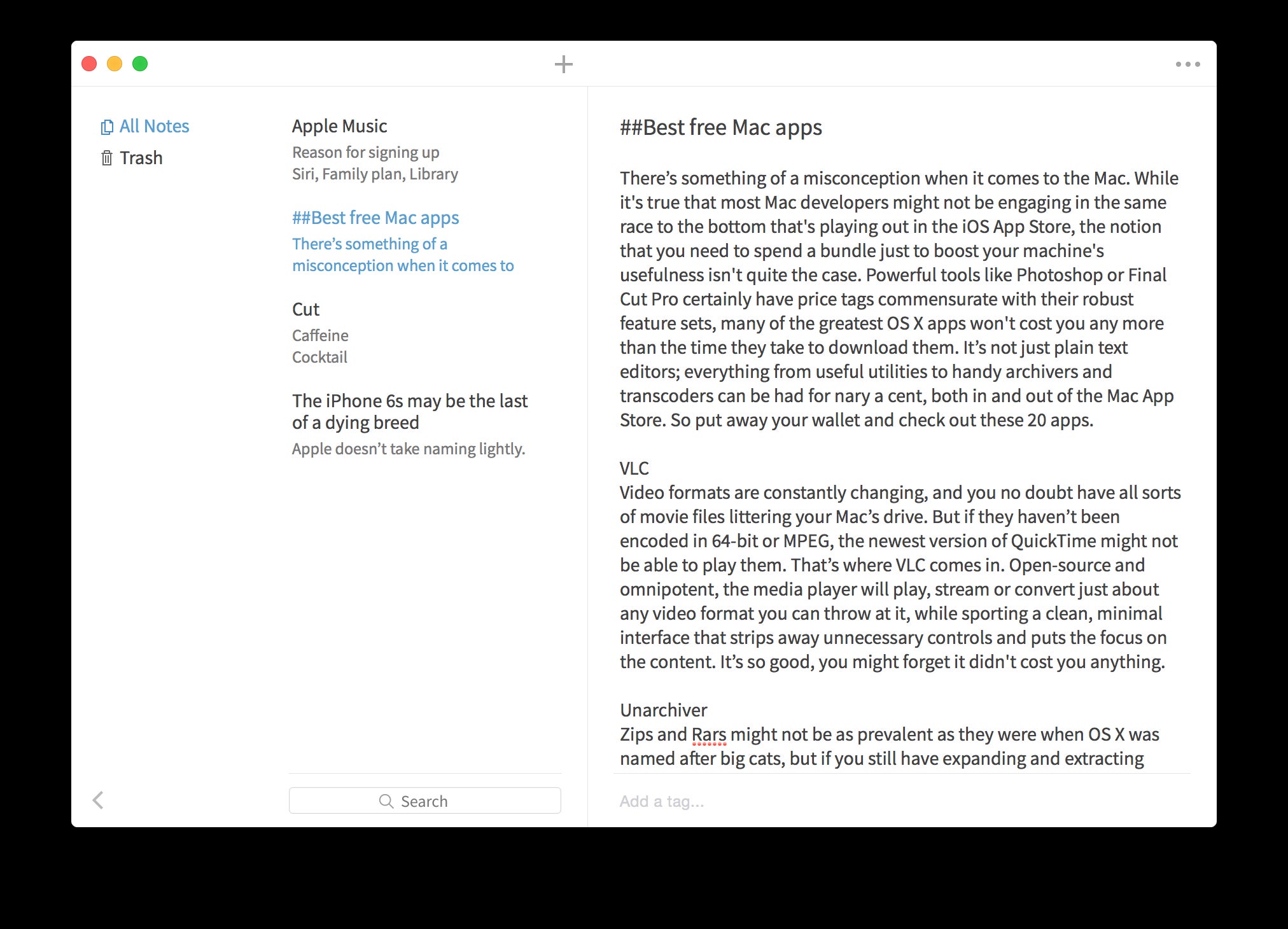- The Unarchiver. Simple and versatile application for unzipping files. Support many different.
- Jun 22, 2020.
- Apr 13, 2018.
- One of the perks of using a laptop or desktop, instead of a tablet, is that you can customize your workflow. Utilities make your computer less annoying and c.
Last updated October 21, 2020
Find many great new & used options and get the best deals for Mcgregor Mac Tech Utility Nv-Nx Mactec Ut2 Flex S Second Hand C Rank at the best online.
All About Mac Utilities
In order for your computer to run smoothly, you need more than just a good configuration. No matter how good the components are and how new, fast and powerful your computer is when you first purchase it, it’s not going to stay like that forever.
Just like with any other item, computers also need a lot of maintenance, in order to keep running at their best capacity.

After years of wear out, browsing the Internet, endlessly installing and uninstalling programs, moving around files and folders, downloading stuff and so on, you will notice the effects. Your system will get slower and less efficient with time. That’s where utility software springs into action.
Utility software is a program/app that helps your computer work better. There are a lot of types of utility software, depending on what part of your computer it focuses on: the operating system, data storage, hardware and so on. There are apps that clean up your junk files from your Mac and free up the space on your hard drive. Others may detect apps that are running unnecessary in the background, slowing down your system and help you optimize it. There are programs that detect malware, viruses, bloatware and so on, that help you recover lost data or protect sensitive information. The list goes on…
All computers usually come with built-in utility tools and Macs make no exception. Some examples are: Console, Disk Utility, AirPort Utility, Keychain Access, Activity Monitor and others.
But these integrated tools are not always as efficient as utility software developed by third-parties. However, you shouldn’t expect miracles from any program. Although you will experience an increase in performance after using them, none of them has the ability to make your computer behave like it is brand new again.
Here are some of the most common types of utility software:
- Antivirus utilities
- Disk cleaners
- Disk cloning utilities
- Backup utilities
- Cryptographic utilities (they let you encrypt files and folders for increased protection)
- Memory testers
- System monitors (they monitor the performance and resources)
- Network utilities
Mac Utilities - What to Look For
There are a lot of apps out there that claim they can boost your Mac’s performance. While some of them can be tested for free and don’t cost you anything, a lot of them are paid apps, so you should be careful what you pay for.
You should always try the free apps first and only if they prove to be worthless, go for the paid ones. Also, the good news is that most of the paid apps also have trial versions, so you can test the product before you buy.
When looking for utility apps for your Mac, you can either install specific apps that can perform specific tasks: cleaning apps, data recovery apps, encryption apps, backup apps, security apps and so on, or choose a suite that incorporates all of them.
No matter which option you choose, you should pay attention to some essential aspects when searching for the right utility app. The most important ones are:
- cost vs. quality
- features
- ease of use
- performance
- how the customer support is for that specific app
- security
Here are some of the best choices we could find:
Mac backup software:
Data Backup, Carbon Copy Cloner, Acronis True Image, SuperDuper, ChronoSync
Mac recovery software:

EaseUS, Stellar Phoenix, Prosoft Data Rescue, Disk Drill Pro, Wondershare, Cisdem DataRecovery
Mac encryption software:
Free Mac Utilities
Concealar, Hider 2, Espionage 3, MacKeeper, Data Guardian 3
“All-in-one” Mac utility software:
MacKeeper, OnyX, iDoctor, Data Rescue 3, Stellar Drive ToolBox
Home > Articles > Apple > Operating Systems
␡- Data Rescue II

Editor's Note: Ryan Faas has updated this article for 2010. Be sure to also read The Top Mac Hard Drive Utilities, 2010 Edition.
Like this article? We recommend 
Like this article? We recommend
Like this article? We recommend

When it comes to diagnosing and resolving problems with their computers, most Mac users rely on Disk Utility and the tools that come with Mac OS X. Disk Utility can resolve a number of problems—such as damaged hard drive directory structures and permissions problems with Mac OS X’s system files. However, Disk Utility doesn’t provide overly extensive hard drive repair and management options and it doesn’t provide any data-recovery features. Also, the tools found in Mac OS X’s Utilities folder don’t include extensive diagnostic tools. The limited capabilities of the tools that ship with Mac OS X can be augmented with a number of utilities offering advanced disk management, diagnostic, and repair capabilities. The five tools profiled here each have own particular strengths, but they all offer much greater chances of diagnosing, recovering from, and preventing major hardware, hard drive, or operating system problems.
Data Rescue II
Top Mac Utilities 2015 Full
Prosoft’s Data Rescue II is a tool that is designed to do one thing, data recovery, and designed to do it extremely well. Data Rescue II is for situations in which you need to recover critical data that has either been deleted or is stored on a damaged drive. It can work with drives that are failing because of corrupted directory structures (the most common hard drive problem) or because of physical problems with the drive.
Unlike hard drive repair tools, which work by attempting to repair or rebuild corrupted directory structures, Data Rescue doesn’t make any modifications to a drive. This enables it to have a greater chance of recovering data from a drive than the process of actually trying to repair the drive. Repairing a corrupted hard drive can often be successful, but if it fails, it can also result in further data loss. Data Rescue’s read-only approach means that it often has a better chance of recovering data than other tools.
Data Rescue ships on bootable CDs for both Power PC and Intel Macs, and it provides both an easy-to-use guided interface and an expert interface for advanced users. When attempting to recover data, it can sort available files by type, making locating and recovering specific items easier. It can be used to clone the contents of a damaged drive during recovery or to allow you to select only the files you need. The one requirement to be aware of is that Data Rescue II will require a second hard drive or partition to recover data to—this is required for its hands-off recovery approach.
If you are looking for a tool simply to recover data, there is no better tool than Data Rescue II. In fact, the ability to recover data and then simply reformat a problem drive using Disk Utility could provide consumers with a complete disk toolkit solution. The fact that it also offers you the ability to recover deleted files is icing on the cake, particularly for support professionals who often get asked to perform this type of miracle.
Related Resources
- Book $55.99
- eBook (Watermarked) $55.99
Applications Utilities On Mac
- Web Edition $55.99
